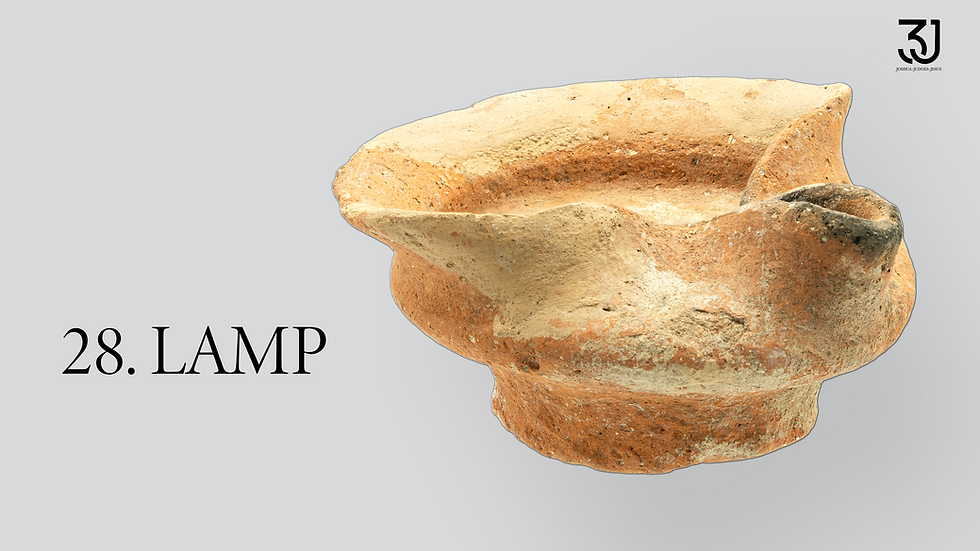Hazor Cultic Shrine at the 3J Museum
- The Bible Seminary

- Mar 16, 2023
- 2 min read
Updated: Apr 24, 2023
Hazor
Hazor was the largest and strongest city-state at the time of the conquest (ca. 1400 B.C.).
According to Joshua 11:10, Hazor was the "head of all those kingdoms." Excavations. first led by Yigal Yadin and later by Amnon Ben-Tor, have confirmed this description. Hazor was one of onlv three cities burned by Joshua. The other two were Jericho and Ai. Yadin and Ben-Tor uncarthed evidence of two massive destruction lavers involving conflagrations on the upper and lower tells. The older destruction dates to the fifteenth century B.C. - the time of the biblical conquest. The subsequent destruction occurred in the thirteenth century B.C. and likely occurred at the hands of Deborah and Barak (Judges 4) or Pharaoh Mernetah. Merneptah's Stele dates to ca. 1220 B.C. and documents his claims to have destroved numerous Canaanite cities in the late thirteenth centurv B.C. The thirteenth century B.C. destruction at Hazor included a demolished cultic shrine in which the invaders decapitated some of the idols. This comports well with Moses instructions to the Israelites in Deuteronomv 7:5 and 12:2-3. Excavations at Khirbet el-Magatir (the likely site of Ai of Josh 7 8), directed by Bryant Wood and Scott Stripling, also yielded a decapitated figurine of the Egyptian god Khnum (depicted as a ram). The scene shown here reveals the appearancse of the Hazor cultic shrine at the time of its excavation. Orna Cohen, the shrine's conservator, donated these replica idols on display to Dr. Stripling and the TBS Archacological Institute.
Purchase your copy of the Joshua, Judges, & Jesus: A Walk-Through Biblical History Guidebook book today for only $10.
*Direct download or mailed options are available.
Plan your visit to the Joshua, Judges, & Jesus: A Walk-Through Biblical History Museum.













Comments